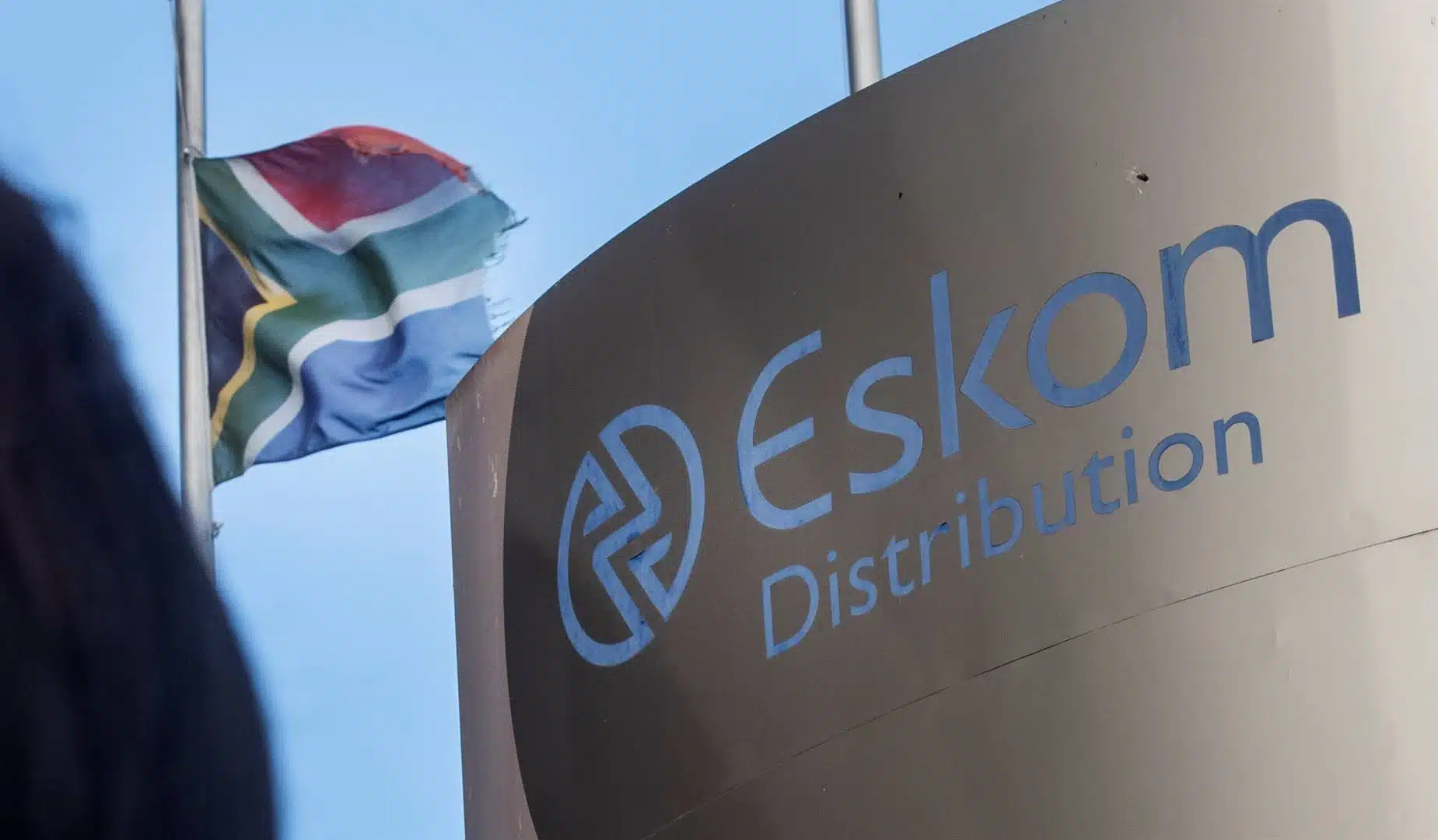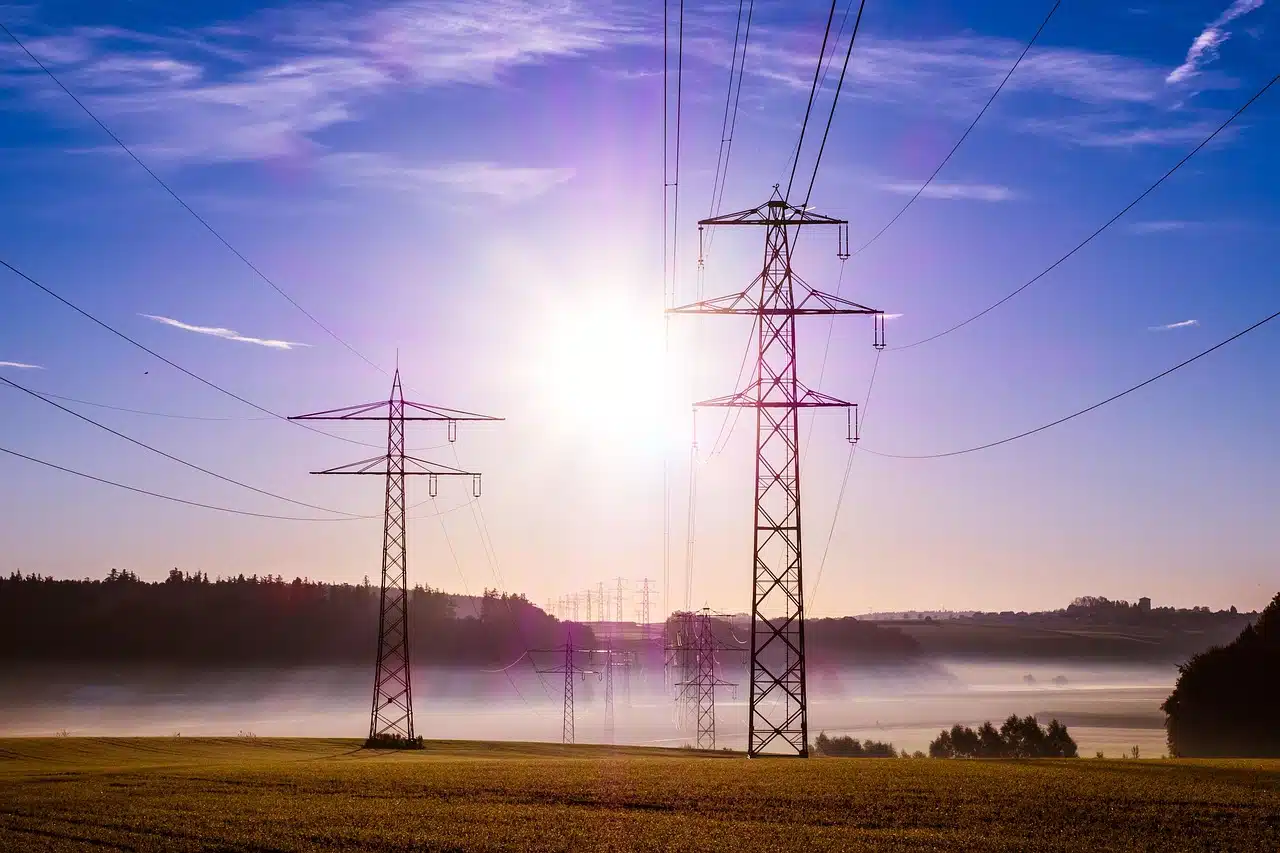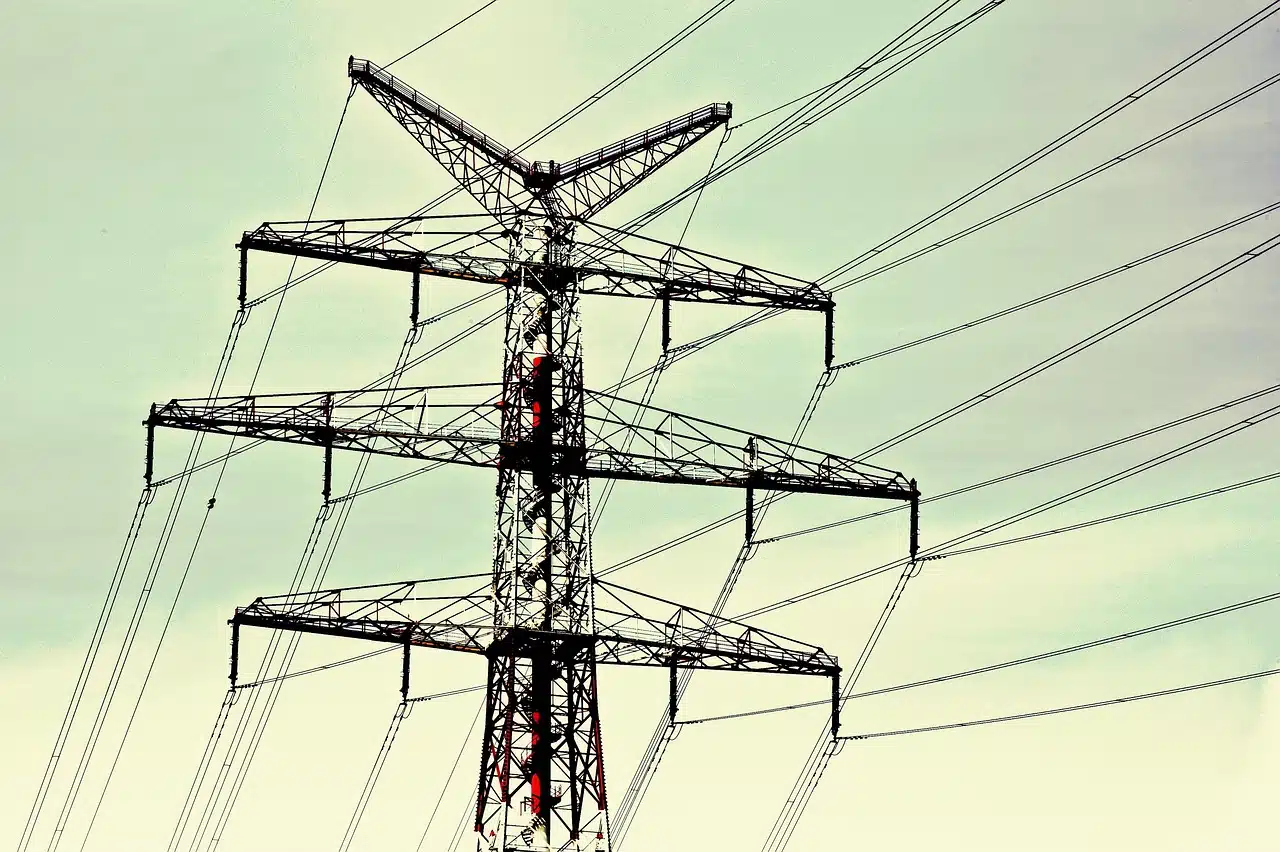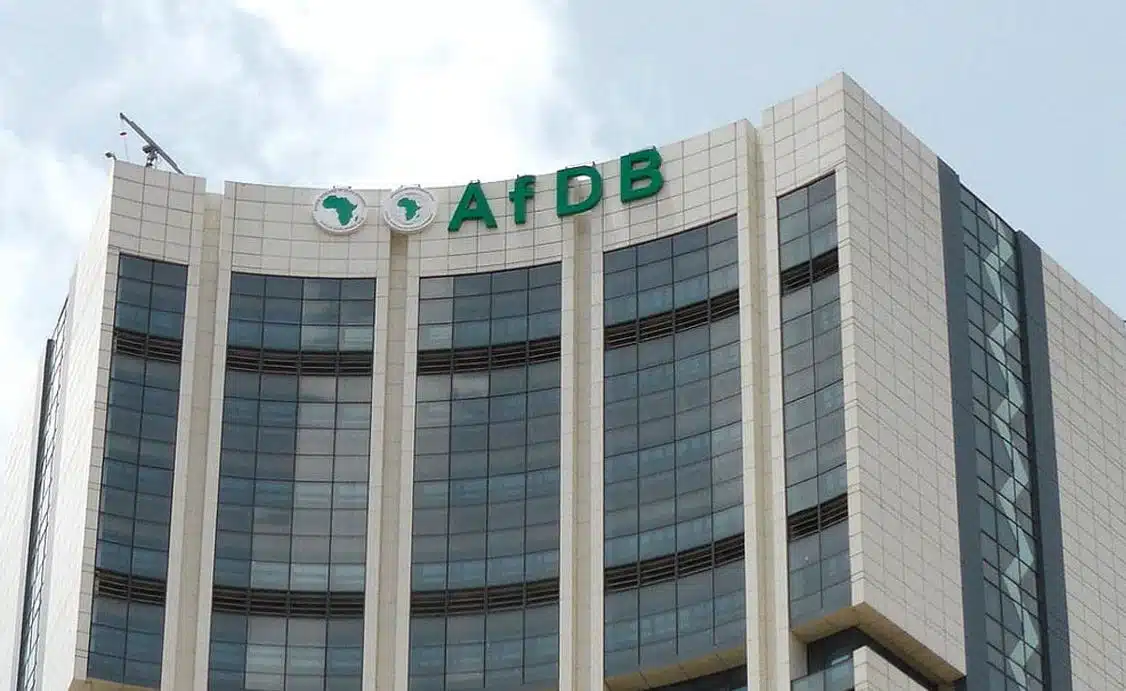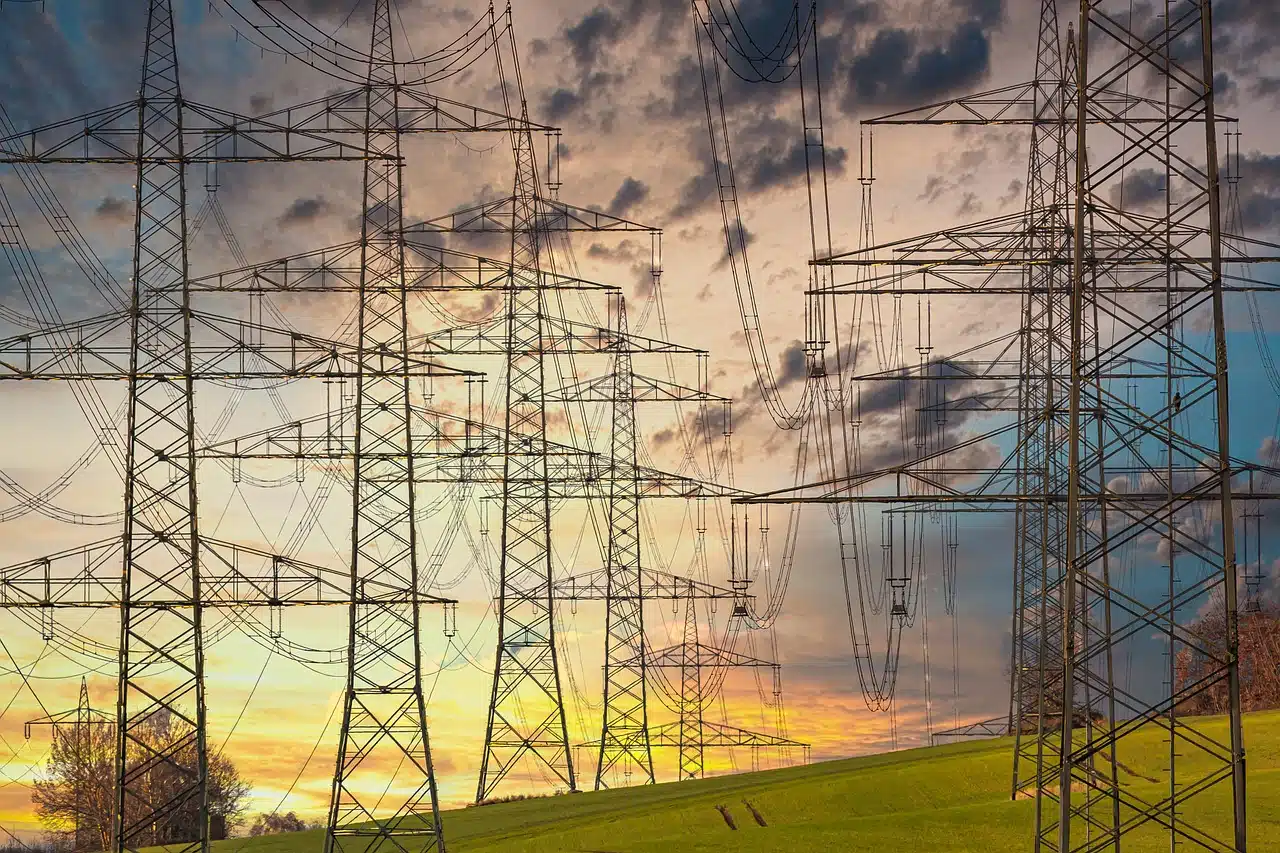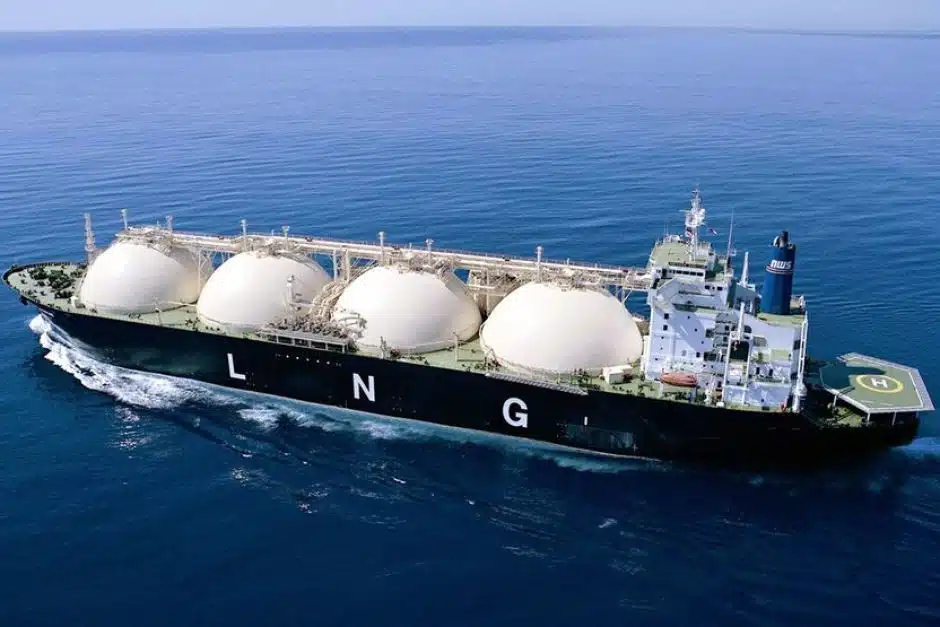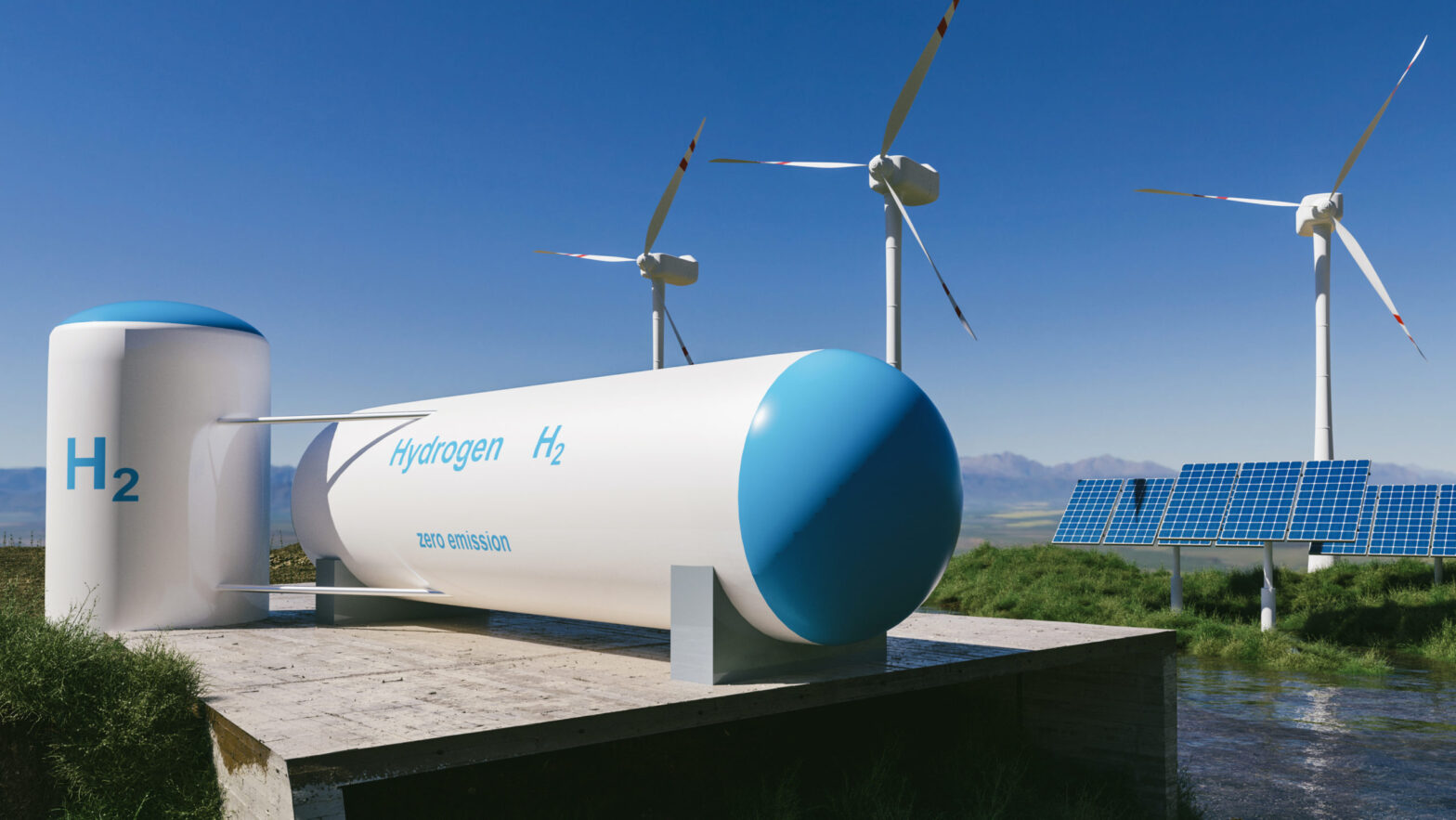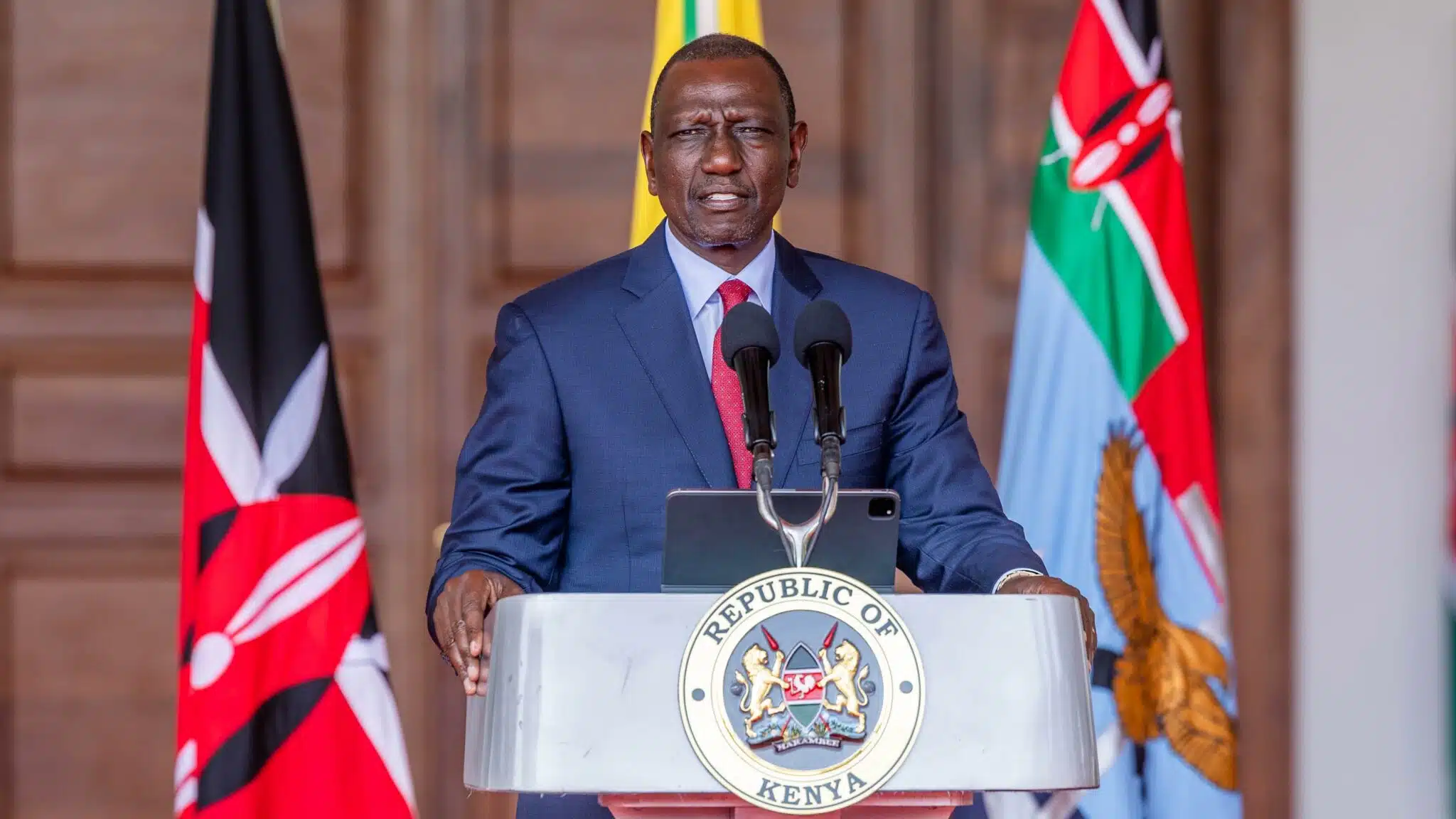South Africa’s state-owned power utility, Eskom, has announced the successful synchronization of Unit 2 at the Koeberg Nuclear Power Station to the national grid, adding 930MW of capacity to the country’s energy mix.
The synchronization, completed on Monday, follows an extensive maintenance program during a planned outage.
This achievement marks a significant milestone in Eskom’s Long-Term Operation (LTO) program, which aims to extend the lifespan of Unit 2 by an additional 20 years.
In a statement, Eskom said, “The maintenance program for Unit 2 included the replacement of three steam generators, comprehensive inspections, and refueling activities to ensure the reactor’s continued safe and efficient performance.”
Unit 2’s contribution of 930MW is expected to play a pivotal role in Eskom’s target of increasing its capacity by 2,500MW by March 2025. However, its operational license renewal by the National Nuclear Regulator (NNR) is still pending, with a decision expected in 2025.
Context and broader impact
Unit 2’s synchronization follows similar work on Koeberg’s Unit 1, which was reconnected to the grid in November 2023 after undergoing maintenance. In July 2024, Unit 1’s operational license was extended, allowing it to operate until 2044.
“Unit 1, contributing 930MW to the grid, has shown exceptional reliability since its service return.
“Combined, Units 1 and 2 will supply 1,860MW — approximately 5% of South Africa’s total electricity supply — playing a vital role in reducing load shedding and stabilizing the grid,” Eskmo said.
The extension of Koeberg’s operational licenses is critical to Eskom’s strategy to transition to greener energy sources as the country phases out aging coal-fired power plants by 2030.
According to Eskom’s Group Executive for Generation, Bheki Nxumalo, nuclear energy offers a stable and reliable baseload supply, unlike intermittent renewable energy sources.
“Nuclear power ensures continuous electricity generation, meeting the needs of both residential and industrial users,” Nxumalo said. “Its ability to produce carbon-free energy also supports South Africa’s climate goals by reducing greenhouse gas emissions.”
The successful operation of Koeberg Units 1 and 2 underscores the importance of nuclear energy in securing South Africa’s energy future, especially as the country faces persistent electricity challenges.

